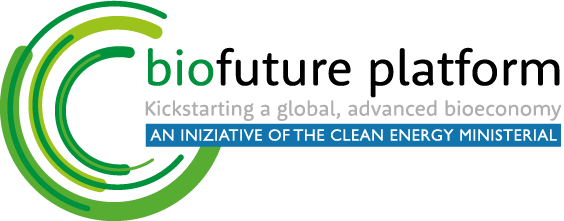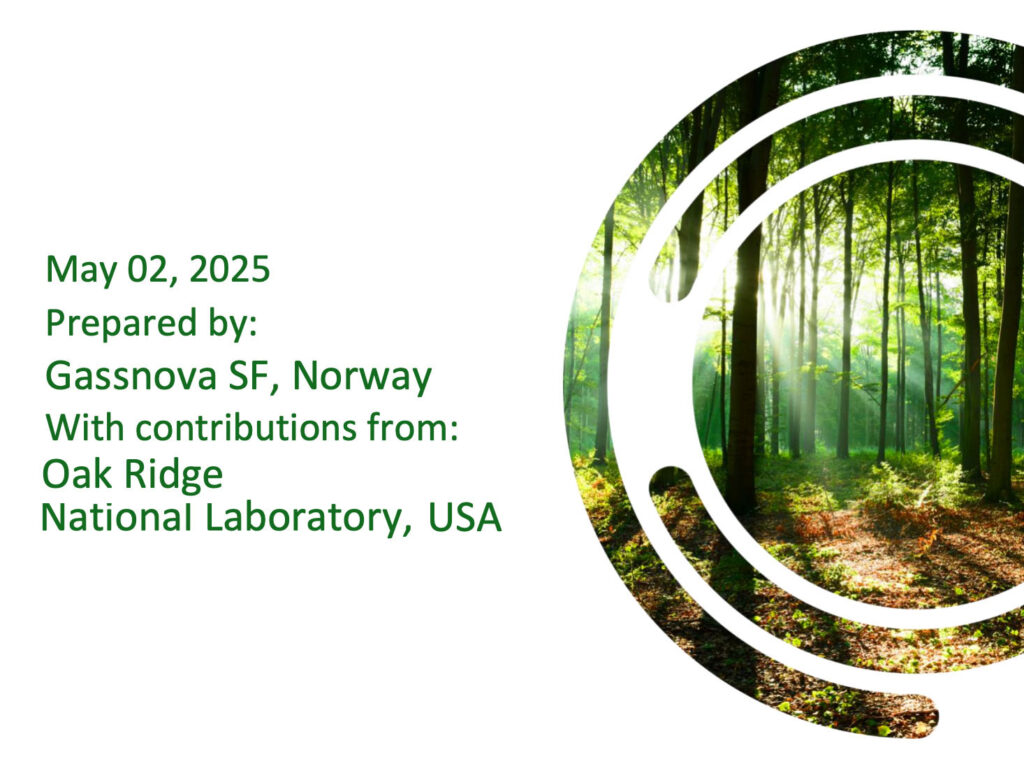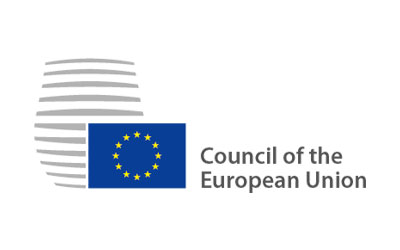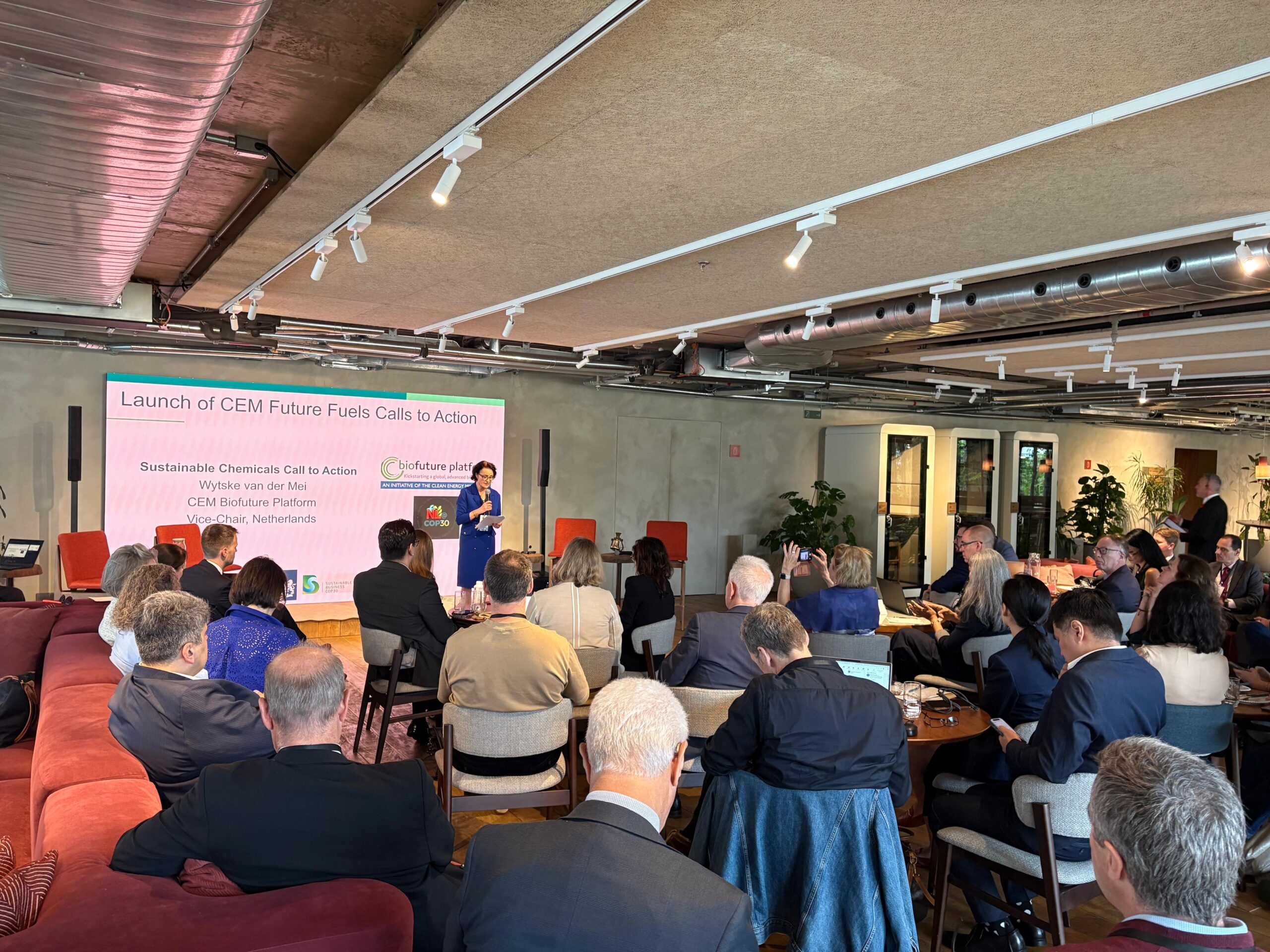The Mission Innovation (MI) Carbon Dioxide Removal (CDR) Mission, Technical Track on
Biomass Carbon Dioxide Removal and Storage (BiCRS), has produced a biomass resource
database for its members. In parallel, Oak Ridge National Laboratory (ORNL) developed the
International Feedstock Reporting data portal—herein referred to as the CEM Biofuture-KDF
data—on behalf of the Clean Energy Ministerial Biofuture Initiative (CEM Biofuture), as a
specific task under Biofuture’s 2024–25 Action Plan. This work was conducted at the request
of CEM Biofuture and funded by the U.S. Department of Energy in support of that initiative,
and it is hosted within DOE’s Knowledge Discovery Framework (KDF).
The parties agreed in November 2024 to do a consistency check of the two data sets.
In both datasets, only two countries, UK and USA, were represented with sufficient data to
perform a detailed comparison. For these two sets of data the conclusions are:
The CEM Biofuture-KDF and BiCRS bioresources databases are not directly comparable:
- CEM Biofuture-KDF is compiled to present a global data set from reports received to date
from contributing countries based on the most recent (ranging from 2000 to 2024),
citable sources for current biomass production potentials, as well as potential additional
future production for nations where projected supplies are reported. - The MI BiCRS data set is tailor-made with the objective of producing unified information
on biomass resources amongst the eight member countries, based on the most recently
available national data, to meet an outcome of MI CDR. This was necessary to secure a
consistent data set. - Different definitions of sub-categories in the two data sets were found for both the UK
and USA. - Uncertainty about what the data represent in the CEM Biofuture-KDF, as this depends on
the source reports which sometimes identify a maximum estimated biomass volume,
whereas other sources report available biomass under a set of defined technical,
economic and environmental constraints. - The CEM Biofuture-KDF data collection process continues, with updates and additions as
new reports are submitted for inclusion in the data set. Some reports such as those for
the UK, were based on earlier studies and included “projections to 2020” which
represented estimates of what could have been available if biomass market demand had
developed. This is distinct from the Mi BiCRS data set which requested each nation to
report in a consistent manner on the actual biomass data for that year.
The first three points are believed to be generally valid when comparing and/or using
different databases for estimation of biomass available for bioenergy and/or Carbon Dioxide
Removal (CDR). Data assessment for bioresources will often be adapted to national and
international reporting requirements and guidelines, as well as to the applications.
With these reflections in mind, it is likely that the two data sets will complement each other:
- CEM Biofuture-KDF gives a first order estimate of available resources in several countries
- The BiCRS approach will give consistent and comparable estimates between countries
and clarity with respect to biomass resources that are available for carbon dioxide
removal and/or GHG emissions reductions.
Download the document: Technical Track on Biomass Carbon Removal
and Storage (BiCRS)




